Price / Where to Buy
US – [easyazon_link identifier=”B01NCOS5ZG” locale=”US” tag=”back2gaming-20″]ROG STRIX GL553[/easyazon_link] PH: Starts at Php69,990 – Villman
[easyazon_infoblock align=”none” identifier=”B01NCOS5ZG” locale=”US” tag=”back2gaming-20″]
It took a while before NVIDIA released the GTX 1050 and GTX 1050 Ti for notebooks paving the way for more power-efficient gaming notebooks. It started with the launch of the GTX 1080 for notebooks together with the GTX 1070 and GTX 1060 and these are aimed for the higher-tier gaming notebook market whilst still offering similar desktop performance in the laptop form factor. The possibility of a GTX 1050 / GTX 1050 Ti for notebook was still in the air during those times since there were still plenty of models rocking older mobile GPU chipsets in their latest SKUs. A good while later, it was indeed released and that marked the beginning of the new era of gaming notebooks allowing notebooks to compete directly with desktop in terms of visual fidelity and graphics performance.
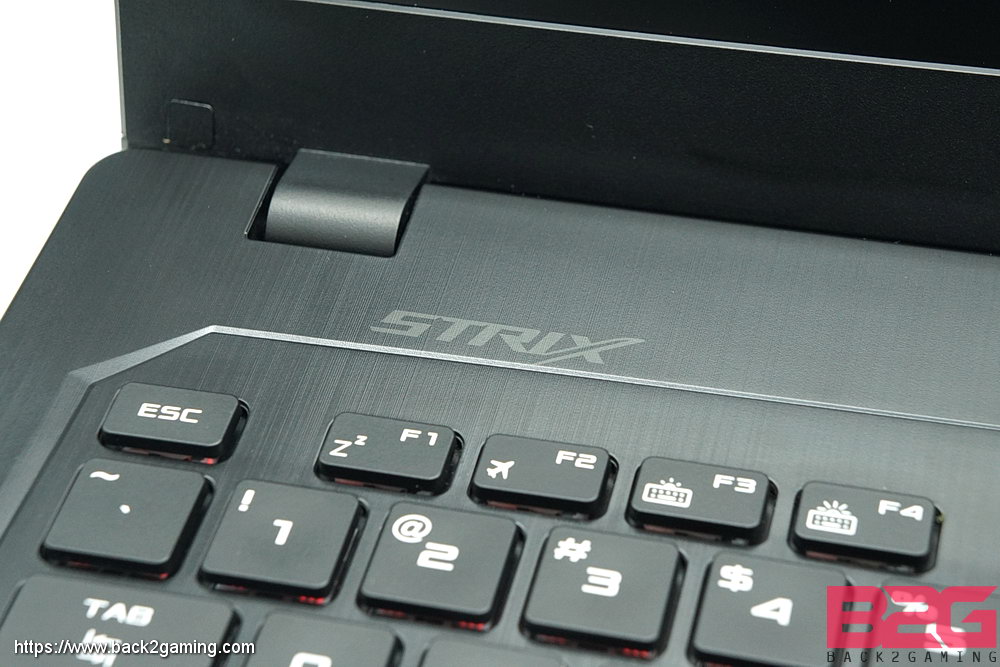
Today we have one of the first models that compact gaming performance to a whole new level at the fraction of the price of what we traditionally expect from gaming notebooks. In the labs today is the ASUS ROG STRIX GL553, part of the ROG STRIX mainstream line of products that is aimed to deliver the perfect balance of ROG premium features with the cost-effectiveness of mainline products. Read on!
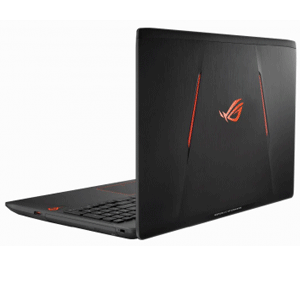
Features
- 7th-generation Intel® Core™ i7 quad-core processor and with a discrete NVIDIA® GeForce® GTX™ 1050 4GB graphics
- 15-inch panel with wide 178° viewing angles and Windows 10 pre-installed
- 1TB HDD 7200RPM HDD for fast performance and large storage capacity
- Aura RGB-backlit scissor-switch keys offering 2.5mm of travel distance for tactile keystrokes; 4 zones of lighting control
- 802.11ac 2×2 WiFi for superior bandwidth and stability; Bluetooth 4.0, USB Type-C Gen 2, Up to 5 hours battery life
Specifications
[accordions ] [accordion title=”See full specs” load=”hide”]- Processor
Intel® Core™ i7 7700HQ Processor
Intel® Core™ i5 7300HQ Processor - Operating System
Windows 10 Home – ASUS recommends Windows 10 Pro.
- Chipset
Intel® HM175 Express Chipset
- Memory
2 x SO-DIMM socket , up to 32 GB SDRAM
- Display
15.6″ (16:9) LED backlit FHD (1920×1080) 60Hz Anti-Glare Panel with 72% NTSC with 178˚ wide-viewing angle display
15.6″ (16:9) LED backlit FHD (1920×1080) 60Hz Anti-Glare Panel with 45% NTSC - Graphic
NVIDIA GeForce GTX 1050 , with 2GB/4GB GDDR5 VRAM
- Storage
Hard Drives:
1TB 5400RPM SSH
1TB 7200RPM SSH
Solid State Drives:
128GB/256GB/512GB SATA3 SSD
Solid State Drives:
256GB/512GB PCIE Gen3X4 SSD - Optical Drive
Super-Multi DVD
- Keyboard
Chicklet keyboard with isolated Num key
Illuminated Chiclet Keyboard - WebCam
HD Web Camera
- Networking
Wi-Fi
Integrated 802.11b/g/n
Integrated 802.11 AC - Interface
1 x USB 3.1 TYPE C port(s)
2 x USB 3.0 port(s)
1 x USB 2.0 port(s)
1 x RJ45 LAN Jack for LAN insert
1 x HDMI - Battery
4 Cells Battery
- Power Adapter
Plug Type :ø5.5 (mm)
Output :
19 V DC, 6.32 A, 120 W - Dimensions
383 x 255 x 30 mm (WxDxH)
- Weight
2.5 kg
Closer Look
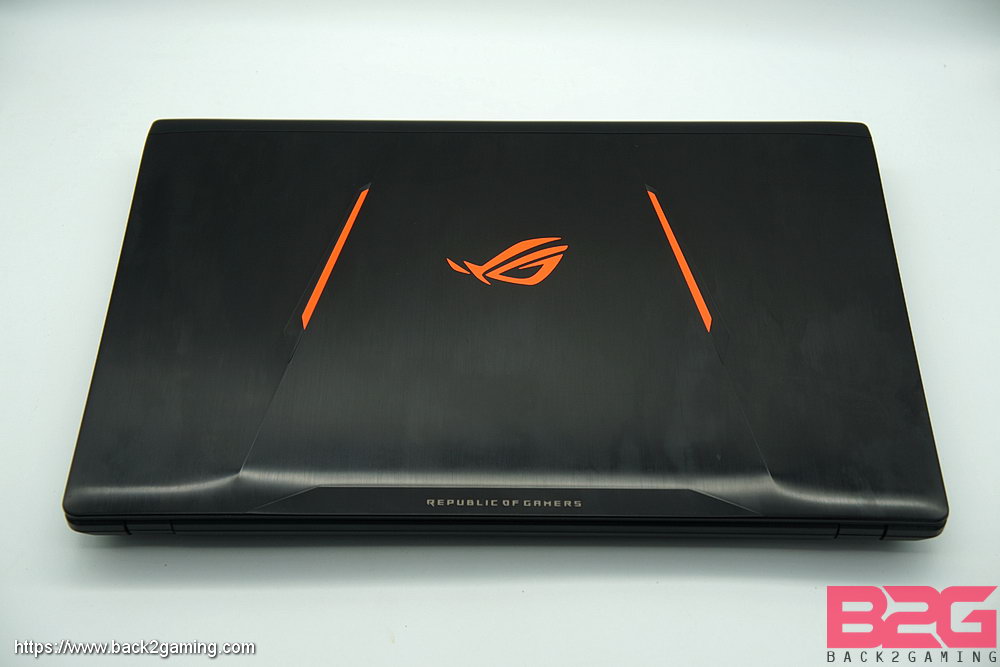
The ROG STRIX GL553 represents the entry-level 15″ models from ASUS for their gaming notebook line and features familiar themes from the ROG family. The ROG STRIX GL553 though has a distinct neon-red (more like orange) logo and trims on its top cover. The top cover itself is done in brushed metal with a black treatment. The Republic of Gamers name is printed along the back edge of the top cover.

The bottom side of the ROG STRIX GL553 features the techno-abstract tooling found in the new ROG products. ASUS adds four orange rubber feet versus the more traditional black which fits perfectly with the theme.
The ROG STRIX GL553’s side profile shows off its 30mm thick frame which is quite slim and slightly tapers off for a more slimmer profile but otherwise its primarily flat all throughout.
The IO ports for the GL553 includes AC power, Ethernet, HDMI, orange colored USB3.0 ports, a USB3.1 Type-C on the lefthand side and on the righthand side we have a single USB3.0 port, an optical drive bay and a Kensington lock notch.
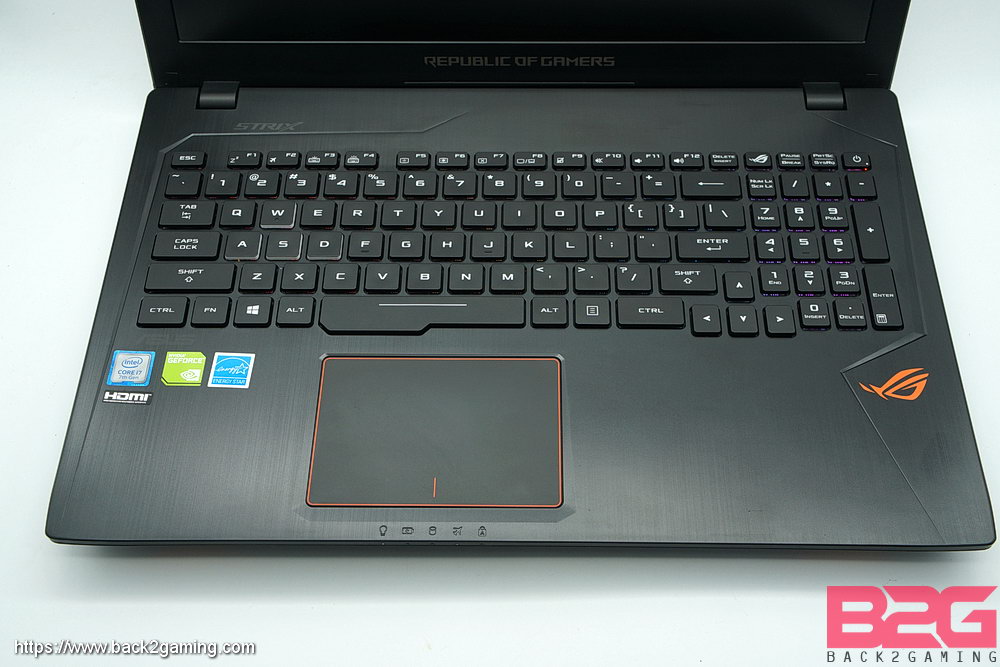
We have a compressed full-layout keyboard for the ROG GL553 featuring a numberpad.
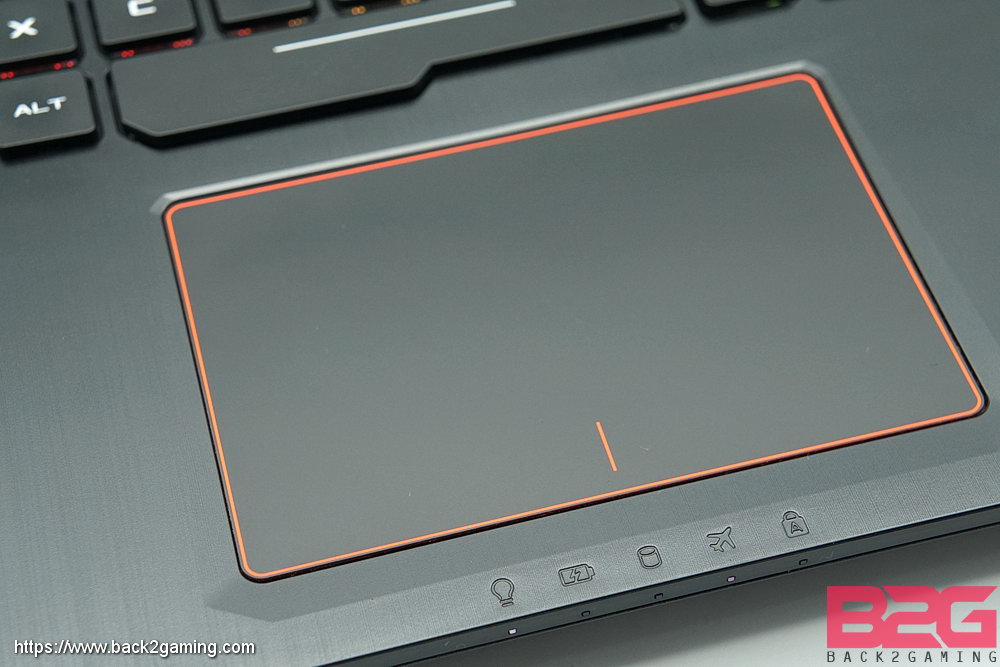
The touchpad is a single-pad design and fuses the left and right buttons with the main pad. It doesn’t affect performance at all and supports gestures. The buttons are tactile and provide great feedback.
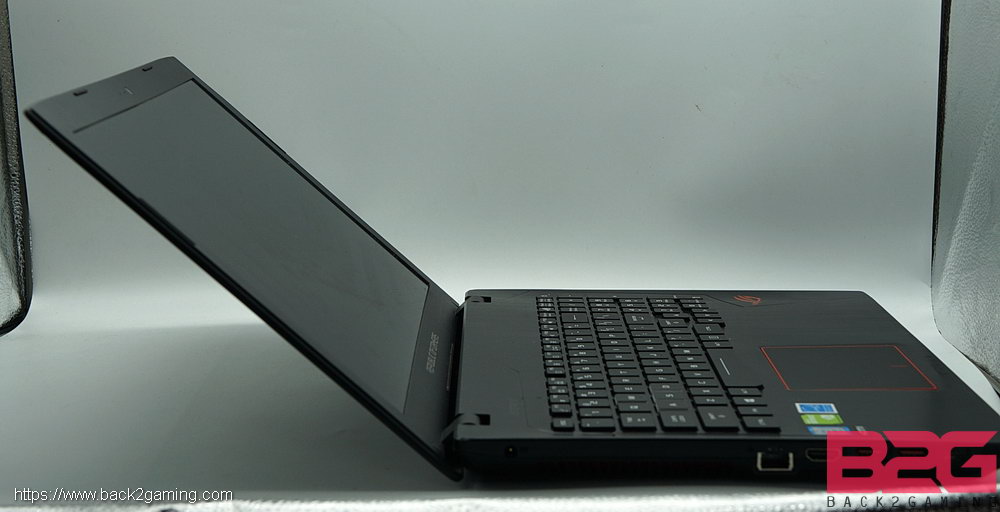
Here’s a view of the maximum tilt angle of the ROG GL553’s monitor. Note that this model uses two hinges and the back of the top cover hinders any further movement outward.
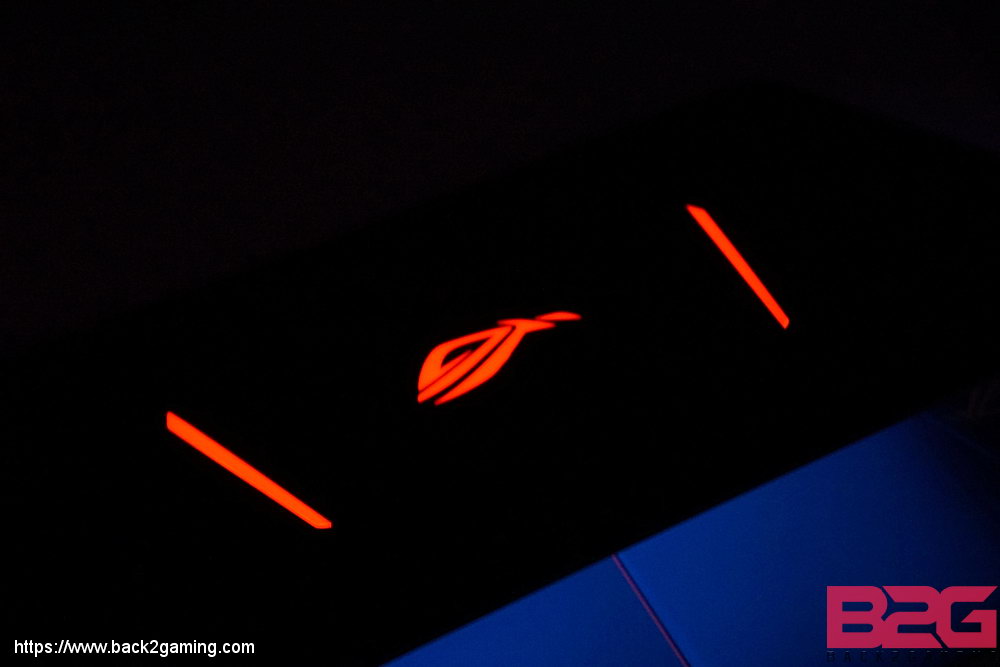
The top cover logo and trim are lit by the monitor backlight and give the ROG STRIX GL553 good accent.
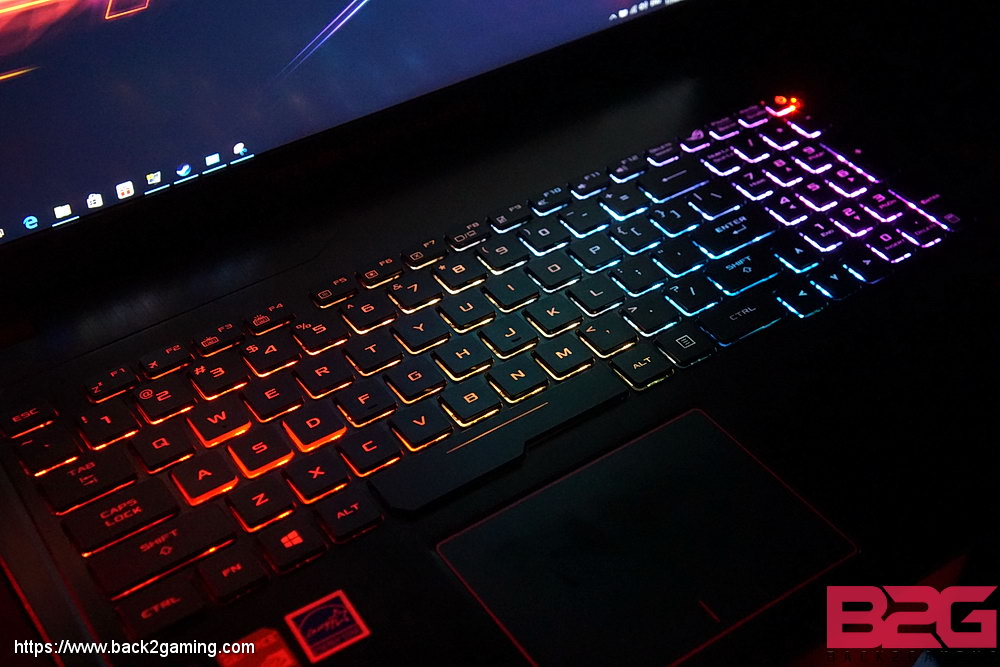
The AURA keyboard features RGB lighting support and has multiple lighting effects via the Aura software.
Screen Quality
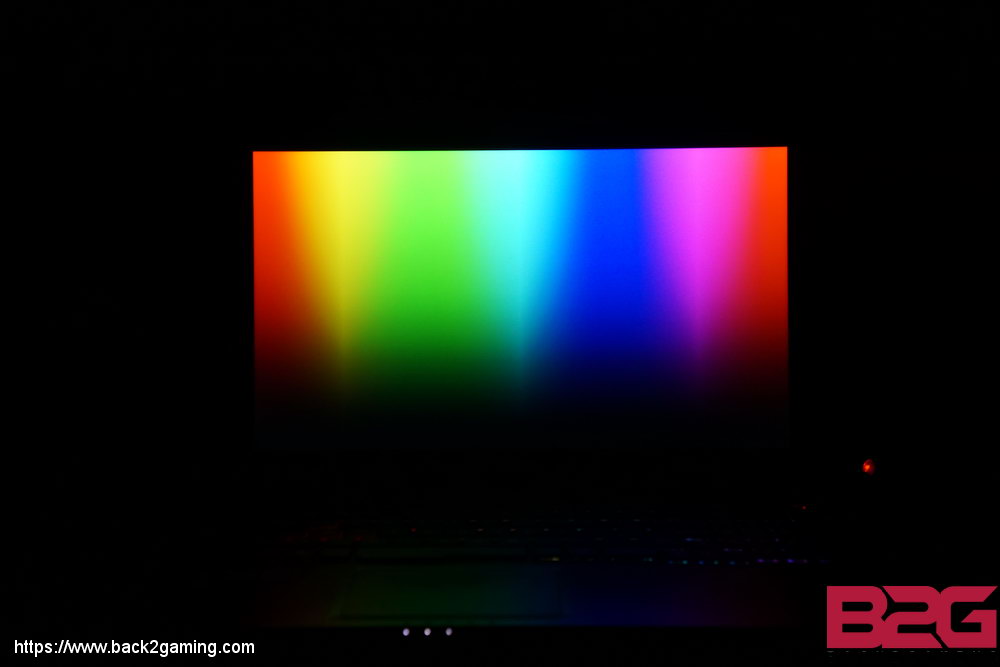
The GL553 model we have uses an “IPS-like” panel and is rated for 72% NTSC which is equivalent to sRGB which is quite decent. Directly in front, the colors are vibrant and doesn’t show any oversaturation on out-of-box settings.
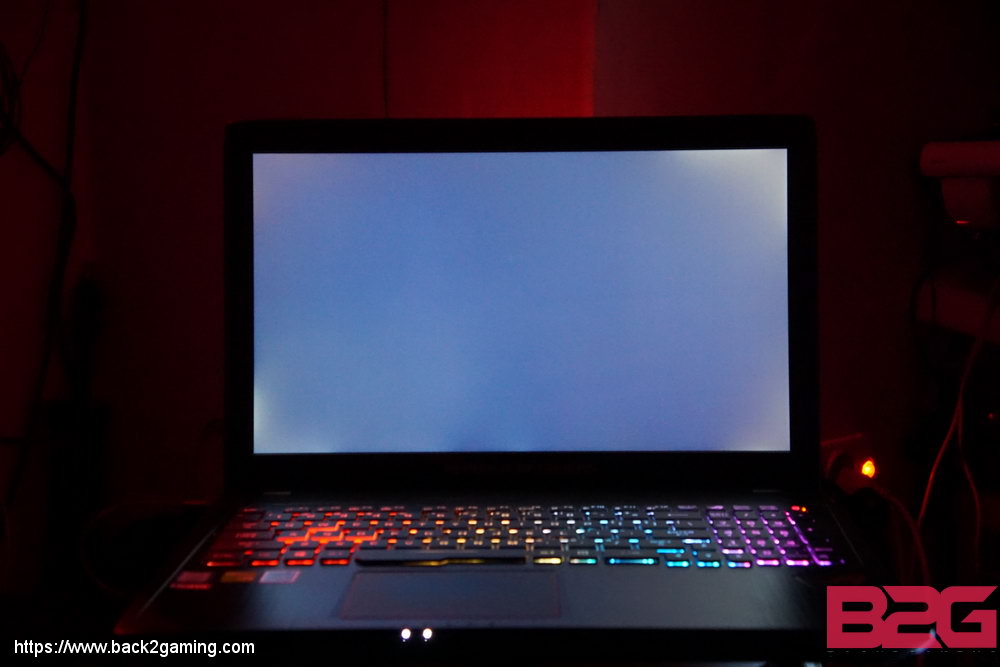
The screen has very faint bleed on the corners primarily the righthand side and we’ve exposed this shot a bit longer to show the effect. On neutral lighting, this isn’t so much of a problem. Here are some more display shots for your reference.
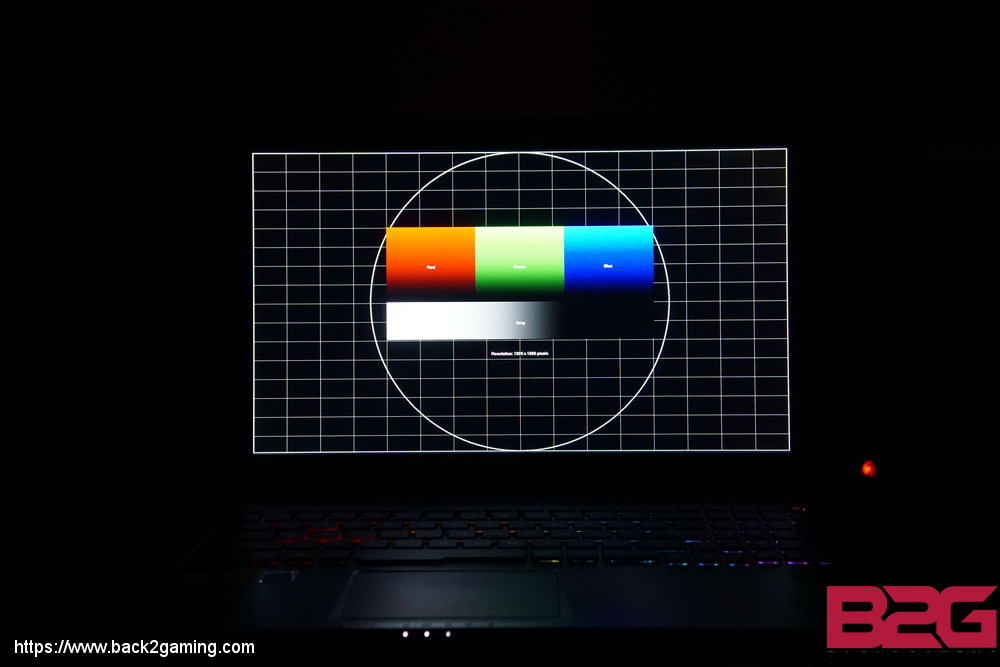
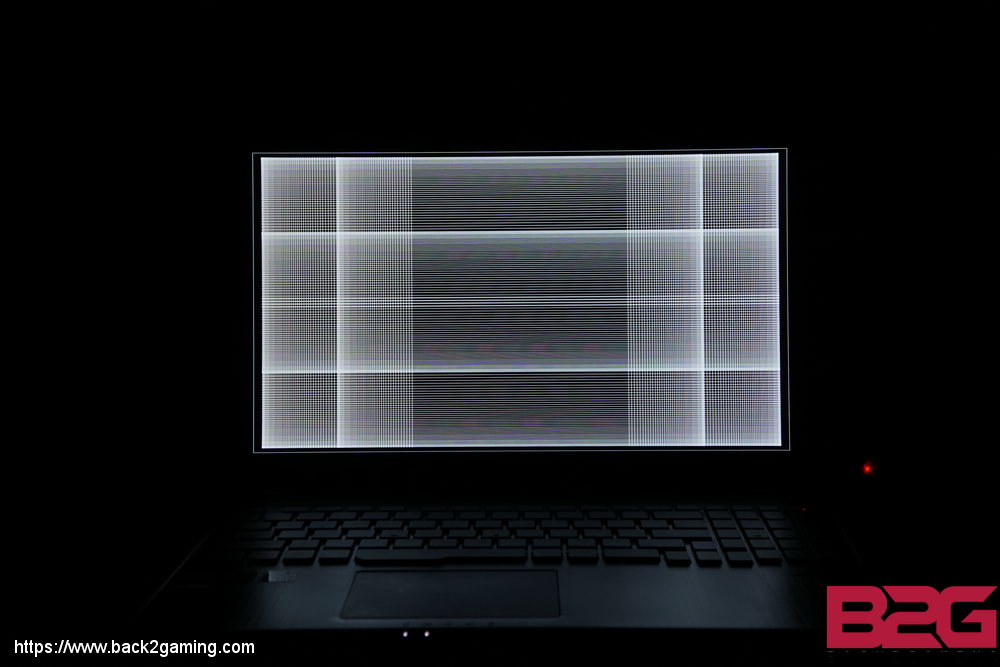
Viewing Angle
CPU Performance
The ROG Strix GL553 sports the latest 7th-generation Intel Core processors and in our review model we have the i7-7700HQ quad-core processor with Hyperthreading, 8GB of DDR4-2400 memory and a GTX 1050 4GB GPU. There’s only 2 variants of this particular line of GL553 so make note of the CPU and GPU models.
Here are a couple of benchmarks presented in raw for your reference. We’ll let the numbers do the talking.
Gaming Benchmarks
For a full-hardware workout, visit http://www.futuremark.com for our benchmarks of choice.
For benchmarking methodology please see our game benchmark method guide.
Frame rates and frame times of a 60-second game play were recorded using FRAPS v3.5.99. The test results are the average of 3 benchmark runs. Since this is a GPU review, we benchmarked the area of the games that put heavy load on the GPU.
All our test runs are repeatable, click the links below for area and details. Read our benchmarking methodology.
- Crysis 3 – Post Human
- Grand Theft Auto V – Palomino Highlands
- The Witcher 3 – Woesong Bridge
- Rise of the Tomb Raider – Valley Farmstead
- DOTA2 – Shanghai Major Finals, Game 2, Team Secret vs Team Liquid (23:45 – 24:45)
See our Youtube playlist for benchmark sequences.
The games and corresponding image quality settings used are shown below:
[tabs] [tab title=”Crysis 3″]Crysis 3
Resolution: 1920 x 1080
Texture Resolution: Very High
Anti-aliasing: SMAA 2Tx
System Spec: Very High
Anisotropic Filtering: 16x
Motion Blur: Disabled
Grand Theft Auto V
Resolution: 1920 x 1080
FXAA Off
MSAA 4x
TXAA Off
Very High settings
Anisotropic Filtering: 16x
Motion Blur disabled
Advanced Graphics enabled
The Witcher 3
Resolution: 1920 x 1080
Frame Rate: Unlimited
Nvidia HairWorks: Off
Ultra Settings
Motion Blur: Off
Blur: Off
Anti-aliasing: On
Bloom: On
Sharpening: High
Ambient Occlusion: SSAO
Depth of Field: On
Chromatic Aberration: Off
Vignetting: On
Light Shafts: On
Rise of the Tomb Raider
DirectX11
Resolution: 1920 x 1080
Anti-aliasing: FXAA
Very High settings
Ambient Occlusion: On
Pure Hair: On
Vignette Blur: Off
Motion Blur: Off
Bloom: On
Tessellation: On
Screen Space Reflections: On
Lens Flares: On
Film Grain: Off
DOTA2
DirectX9 (default)
Resolution: 1920×1080
Best-Looking slider setting (non-Ultra)
FPS_MAX 240
Vsync OFF
Note: Some proprietary technologies of NVIDIA like PCSS, HBAO+, and HairWorks work on AMD GPU’s but we decided not to use them.
NOTE: For our tests, we’ll be including a GTX 1050 Ti 4GB desktop GPU for relative comparison only.
[tabs] [tab title=”Rise of the Tomb Raider”]Rise of the Tomb Raider
The reboot of the gaming phenomenon Tomb Raider puts players in Lara Croft’s hiking boots as we pick-up from the last game. Featuring upgraded graphics, DX12 support and new image quality improvements, this game challenges new hardware with its graphical offering.
[/tab] [tab title=”The Witcher 3″]The Witcher 3
CD Projekt Red’s latest installment in the Witcher saga features one of the most graphically intense offering the company has to date. As Geralt of Rivia, slay monsters, beasts and men as you unravel the mysteries of your past. Vast worlds and lush sceneries make this game a visual feast and promises to make any system crawl at its highest settings.
[/tab] [tab title=”DOTA2″]DOTA 2
The most popular game on Steam and the biggest competition in eSports; DOTA 2 is powered by the Source 2 engine. The game is fairly light on low to medium settings but maxed out with heavy action on screen especially during clashes can really stress most systems especially with Reborn update. This is a game where frame times matter as responsiveness is very important in high-stakes competition.
Note: We’ve noted the immense gap in these 2 charts and while DOTA2 does benefit greatly from CPU it shouldn’t be this big of a difference. We’re still redoing these tests to confirm if this is the GTX 1050 working and not the Intel HD 530 IGP and will update soon.
[/tab] [tab title=”Grand Theft Auto V”]Grand Theft Auto V
The fifth and most successful installment to date in the highly controversial Grand Theft Auto series brings a graphical overhaul to the PC version of GTA V which many have lauded as a superior approach in porting a console game to PC. Featuring large areas and detailing, GTA V is a highly challenging application in terms of scene complexity.
[/tab] [tab title=”Crysis 3″]
Crysis 3
The most visually intense game to have ever been made during its time. Prophet is back to take on the Ceph and Cell after a long sleep and the world isn’t what it was when before he got frozen. CryEngine 3 is behind this beautiful beast that will put a lot of systems to their knees. The opening level shows off the exquisite particle and water rendering of the engine capable of still giving modern GPUs a workout to this day.
[/tab] [/tabs]Storage Potential Performance
The ROG GL553 we have features 2 storage devices with a primary SSD serving as the OS drive mounted on an M.2 slot and a 1TB HDD for bulk storage on the SATAIII slot. The HDD is a bit more conventional showing average numbers at 100MB/s read/write numbers but the SSD is a loading marvel with average 500MB/s read performance but write is a downer at 180MB/s peak.
Software
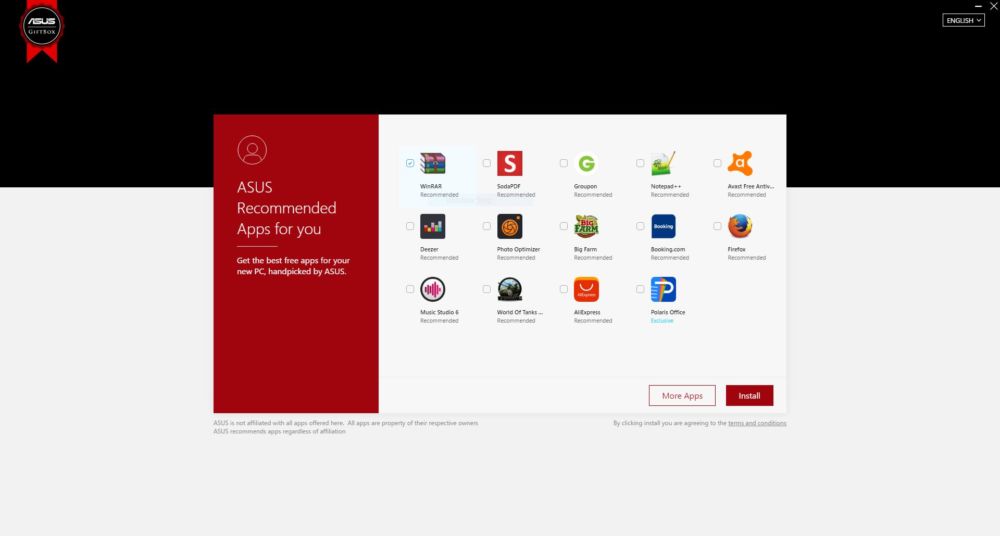
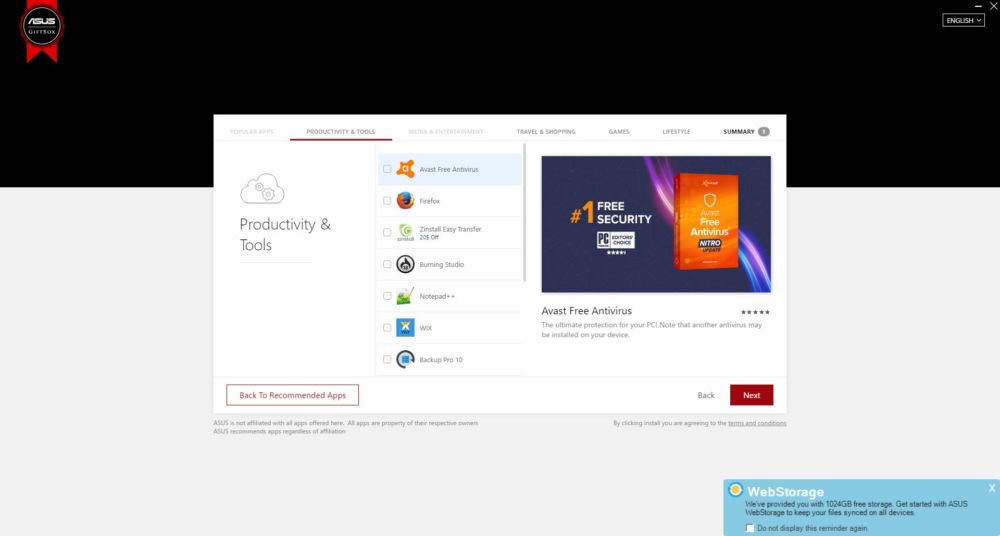
ASUS now includes an app library installation suite during initial boot to allow users to choose which apps goes into their system. This screen pops up during start-up and until you install or close it manually, it will pop-up again and again. Most of the software inclusions are 3rd-party freeware apps and demos for general use such as a browser, antivirus, etc.
ASUS does away with pre-installed bloatware with this method which is a good thing.
One of the key differences that ROG and ROG Strix notebooks have compared to their more conventional brothers is the inclusion of a few specialized software designed to control hardware aspects of the notebook. The ROG Gaming Center is ASUS’ unified control center for most of these software and allows access to some of the more specialized tools in the ROG arsenal including the AudioWizard which allows multiple environment setups for the audio output, the Aura software which lets you customize the keyboard lighting layout. Together with the other software, this makes up the bulk of the customization option of the ROG Strix notebooks.
Thermals and Battery Life
wpDataChart with provided ID not found!One of the best facets of the ROG STRIX GL553 is its temperatures staying cool and quiet even under load as you can see in the image above with peak 37*C reading on the chassis and the exhaust reading peaking at 55*C in a 25*C ambient temp room. The fan stays in a comfortable hum than a motorized blower.
Battery life is a bit of a downside though with gaming sessions only lasting past an hour and heavy productivity at around 2 hours.
Internals
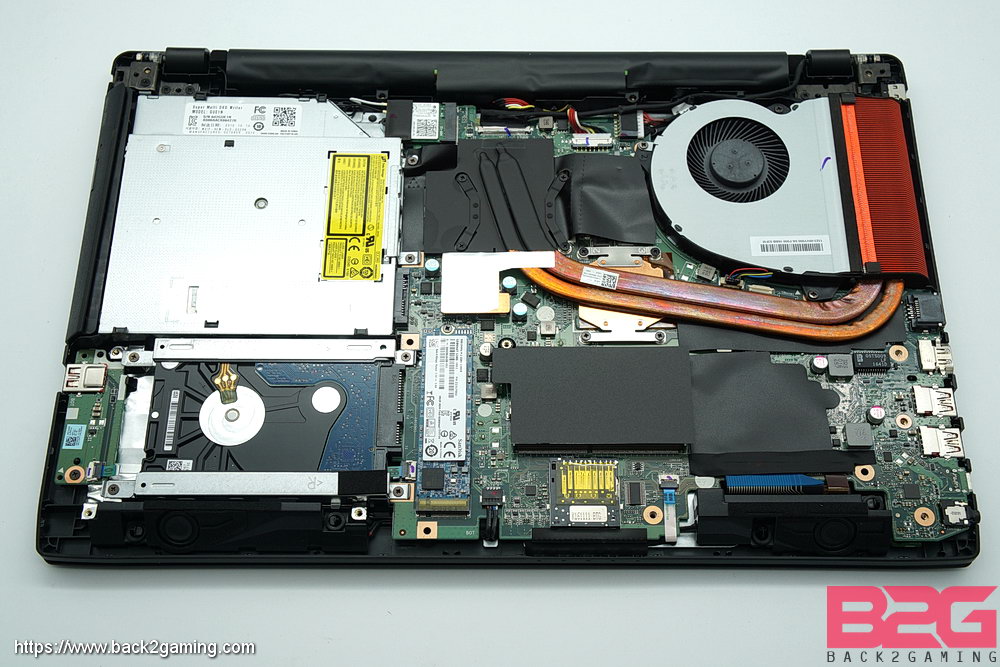
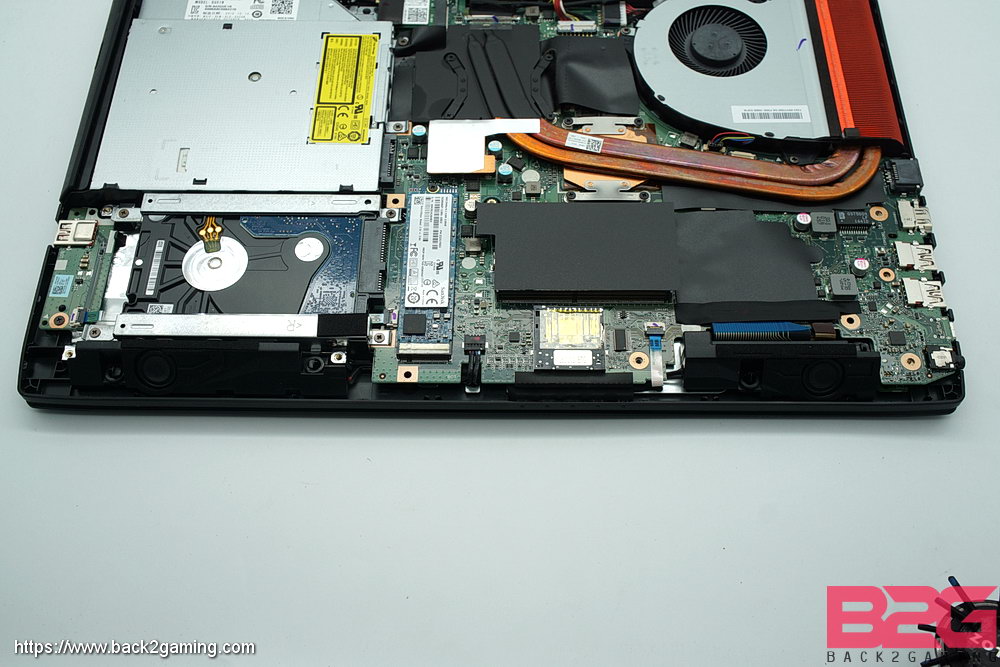
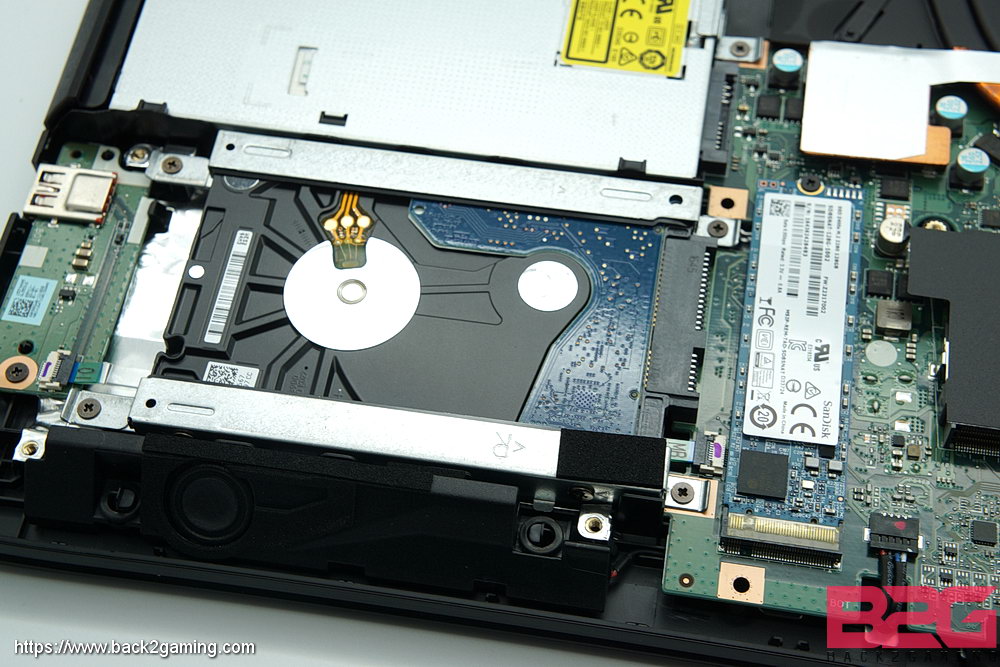
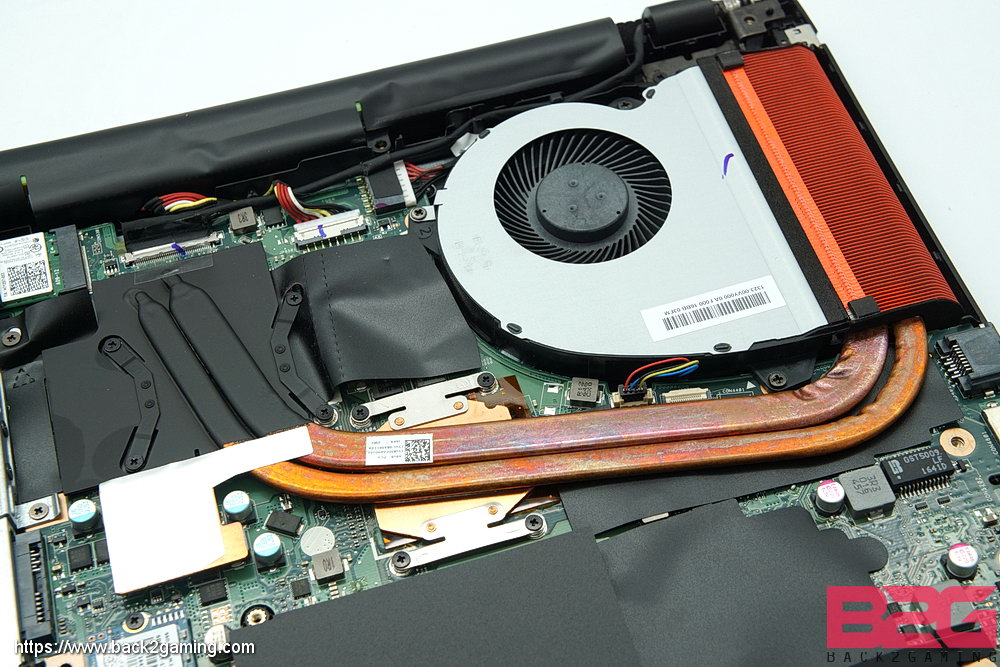
ASUS uses a dual-heatpipe blower which links both CPU and GPU blocks along with some blocks to cool the VRMs. The pipe passes through fins which are located on the exhaust channel. Note that the GL553 intakes from underneath the chassis with the vent slots underneath. There is some space inside so there’s plenty of way for air to get in but for maximum performance, it is suggested that bottom airflow is not hindered.
Depending on where you bought your notebook, there is some level of upgradability here and ASUS offers up to a 256GB x4 M.2 SSD model with the ROG STRIX GL553. Memory is also upgradable to denser SO-DIMMs.
Conclusion
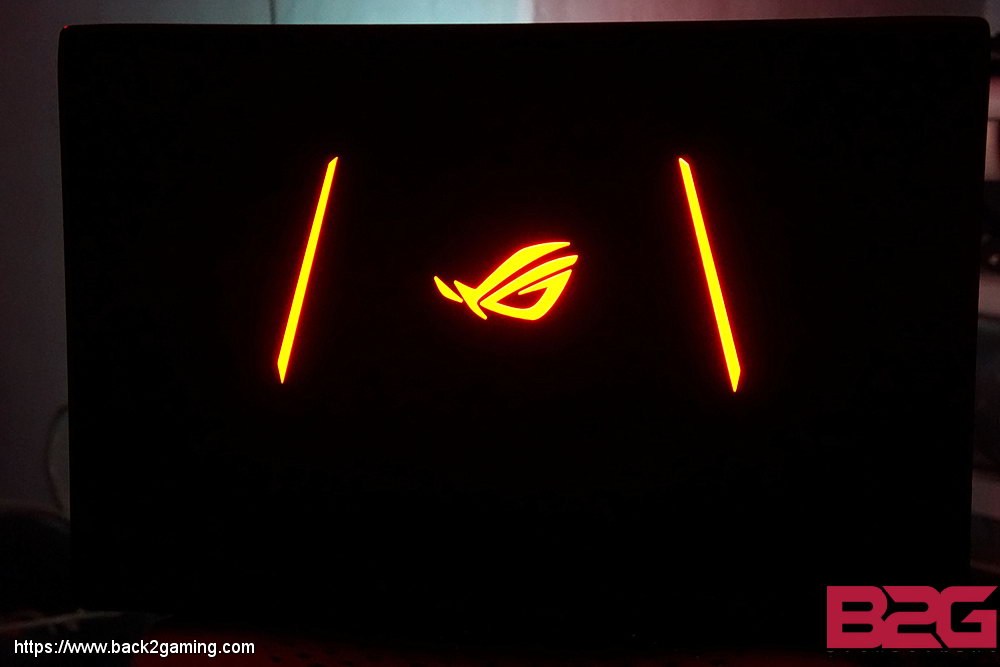
Contrary to the majority of the ROG family, the ROG STRIX is a more subdued design and barring its glowing ROG logo, its more conventional in terms of design and physical attributes. Build quality is passable as average but we do note ASUS’ distinct detailing on the tooling, rubber feet and other particulars which allow them to distinguish this model than the mainstream line.
Performance is relatively decent if you’re planning to use this is a daily workhorse with the occasional gaming meanwhile if you intend to use this is as your primary gaming machine, the GTX 1050 4GB + i7-7700HQ does deliver decent numbers. It doesn’t bode well for the battery though and you’d be hardpressed to be connected for longer gaming session. Not a bad deal if you got a ready socket always as the power brick itself is a decently sized baggage add-on.
Cooling performance is decent and while internal temp monitor numbers are average peak numbers from a relatively general standpoint, the notebook itself manages to keep itself performing at peak without throttling while keeping the blower in a whisper hum. The rest of our consideration is ultimately reliant on the pricing.
The ASUS ROG STRIX GL553 model we have right now has an SRP of Php69,995 with an apparent lower-tier model going for lower. Spec for spec, it bumps heads with the MSI GL72, a 17″ model packing pretty much similar specs save for the 2GB GTX 1050. There’s bound to be older gen processor variants out there also and it ultimately boils down to quality and personal choice.
If you have no idea about the difference and is ultimately judging by price, the ASUS ROG STRIX GL553 offers decent performance for the price and features a 128GB SSD plus 1TB HDD. Battery life is average and is subpar in gaming and highload applications and is ultimately suited for day-job / gaming machine at night rotation. Build quality is excellent and the 30mm thick frame is just right with the entire package at only 2.5kg.
If you want a compact multitasker fit for a gamer, mixing excellent build quality, performance, software ecosystem and support, the ASUS ROG STRIX GL553 is an excellent choice for the Php70k budget.
ASUS backs the ROG STRIX GL553 with a 2-year warranty. We give it our B2G Best Value Award!



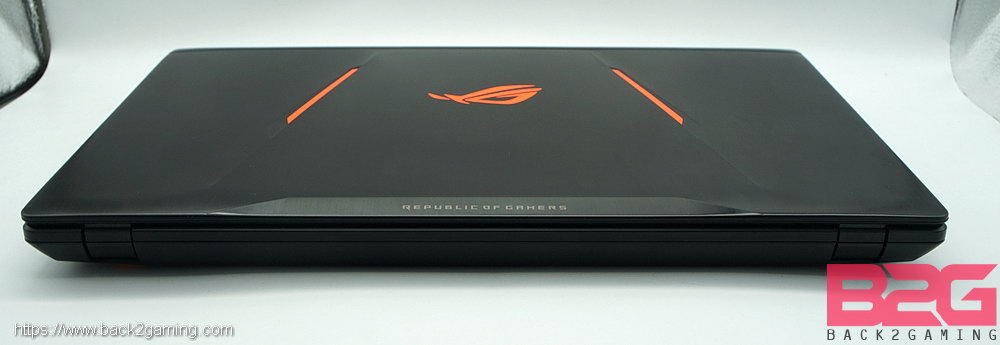
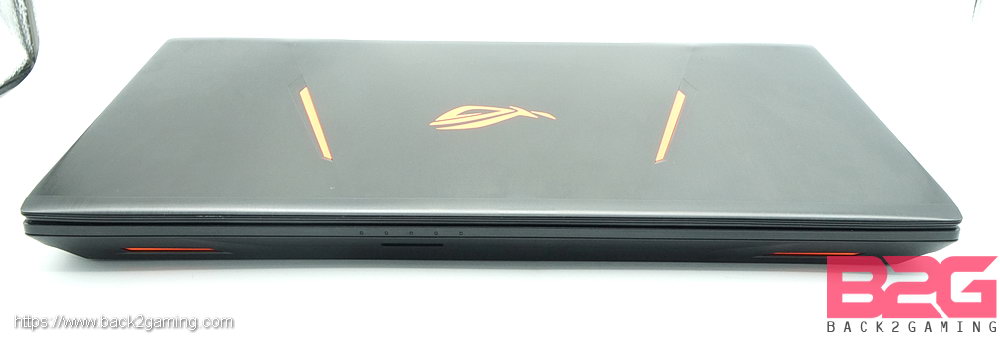
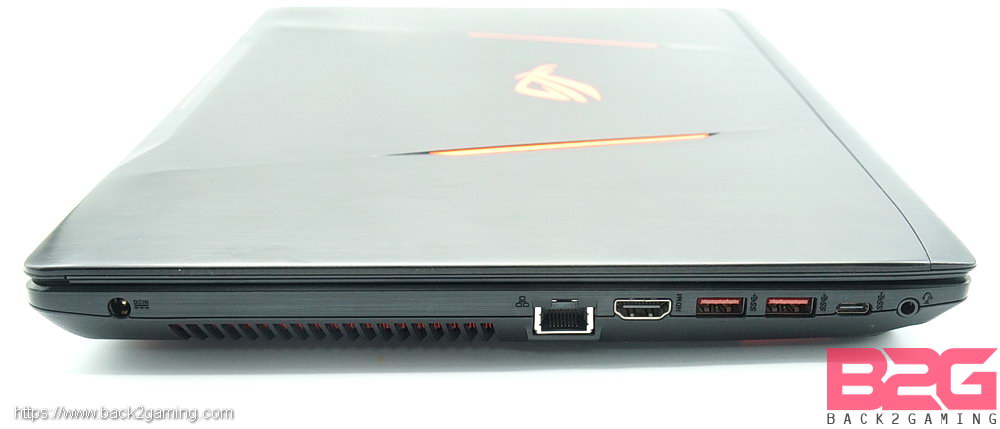
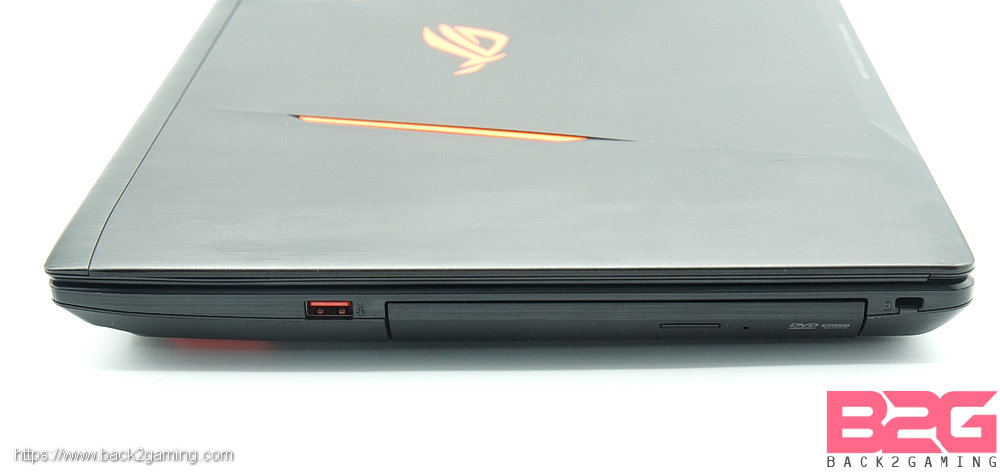
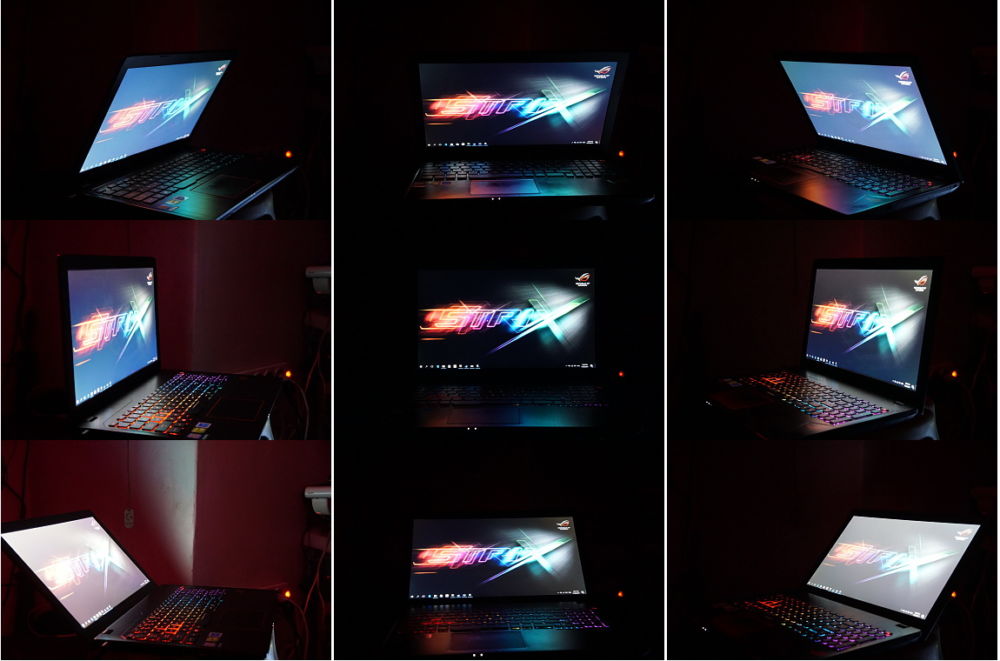
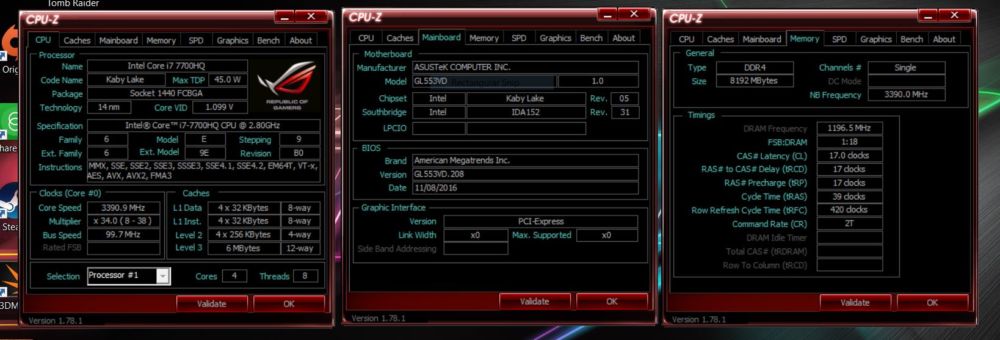
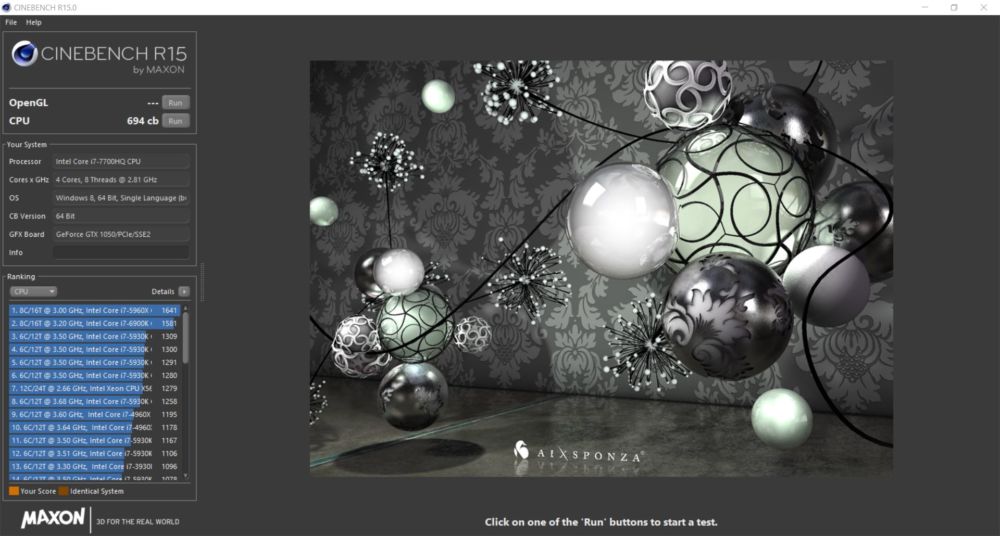
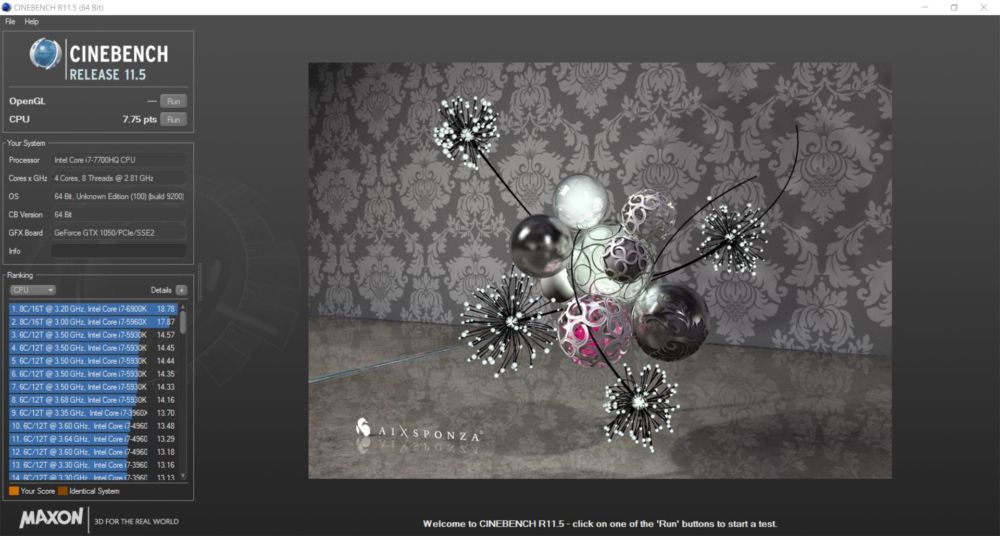
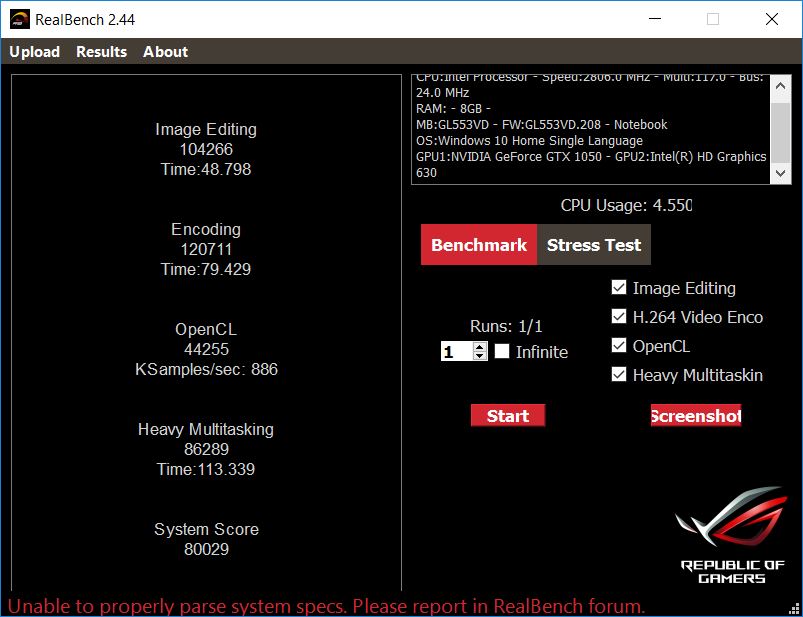
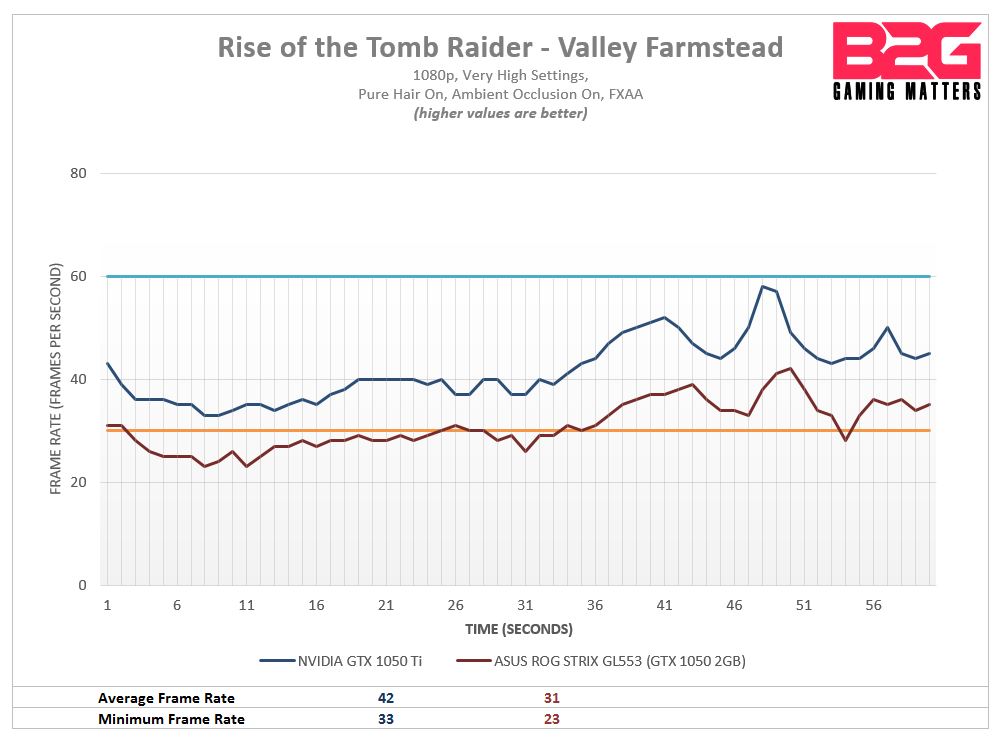
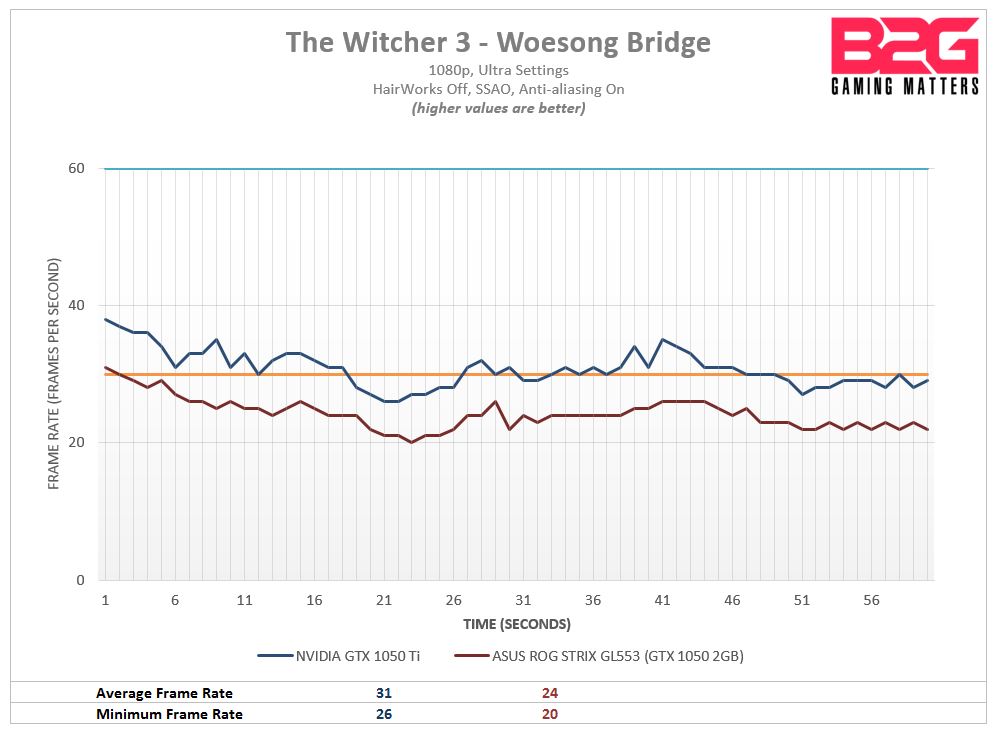
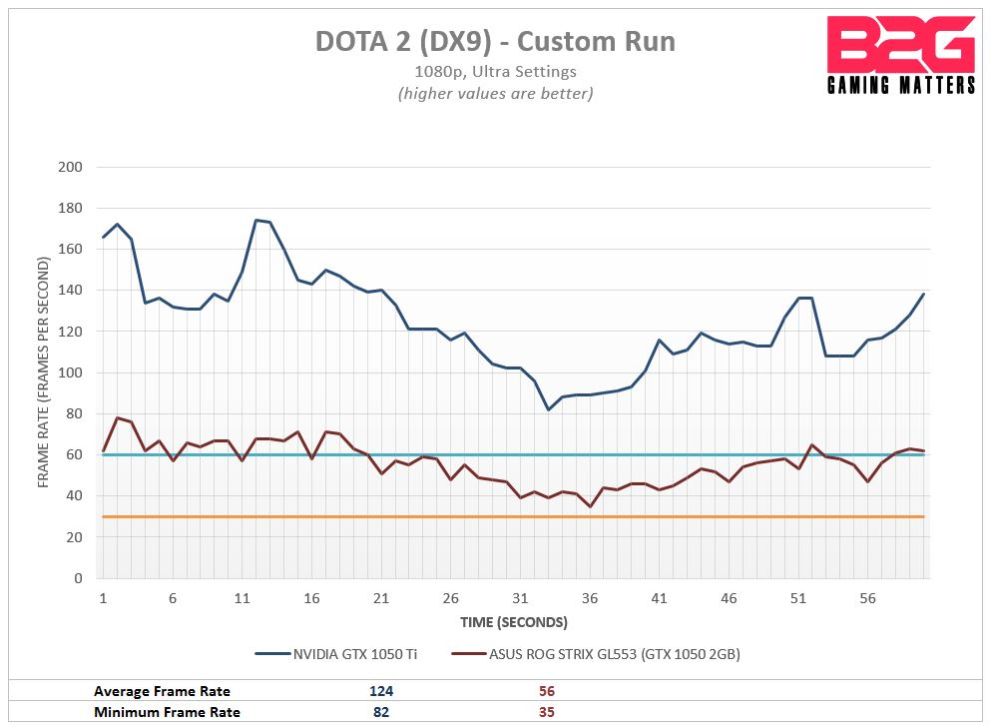
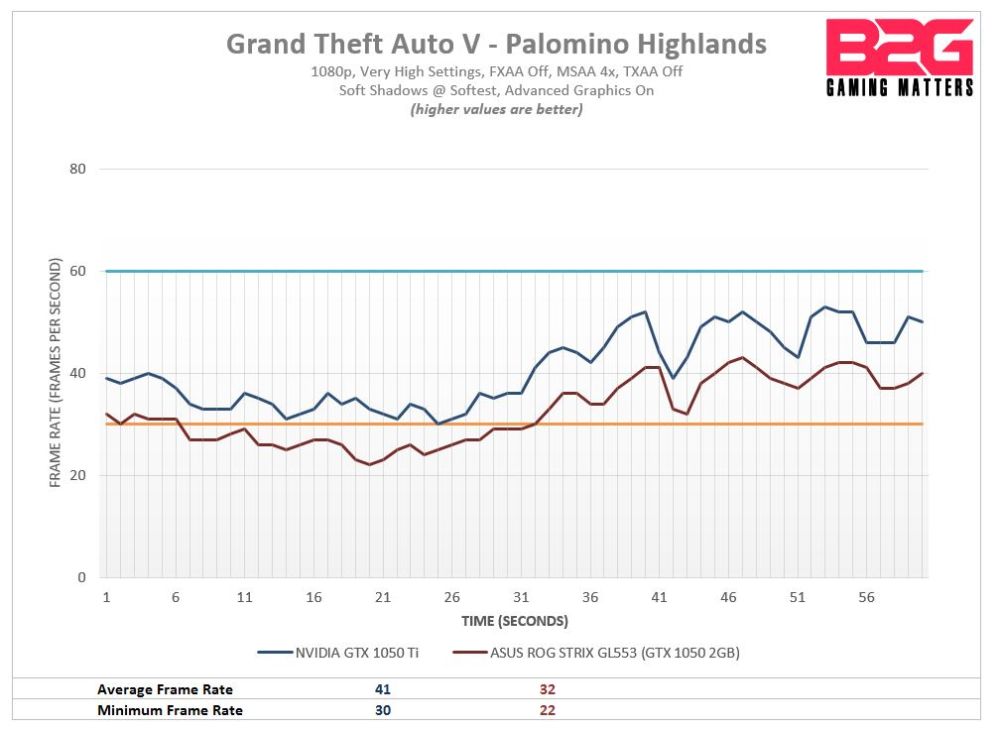
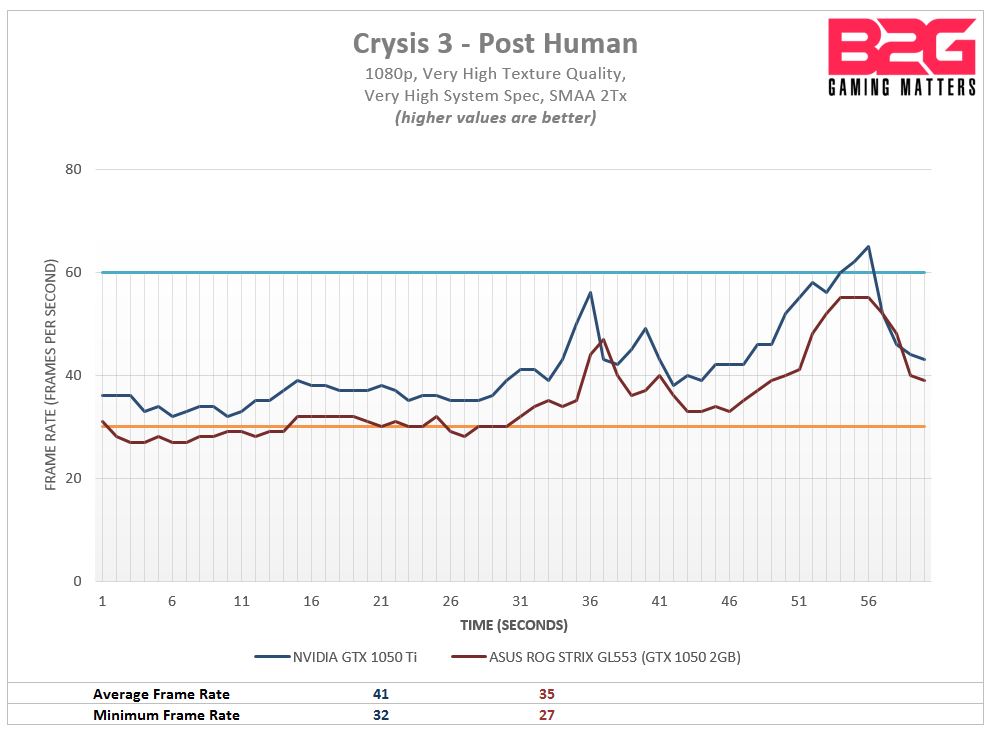
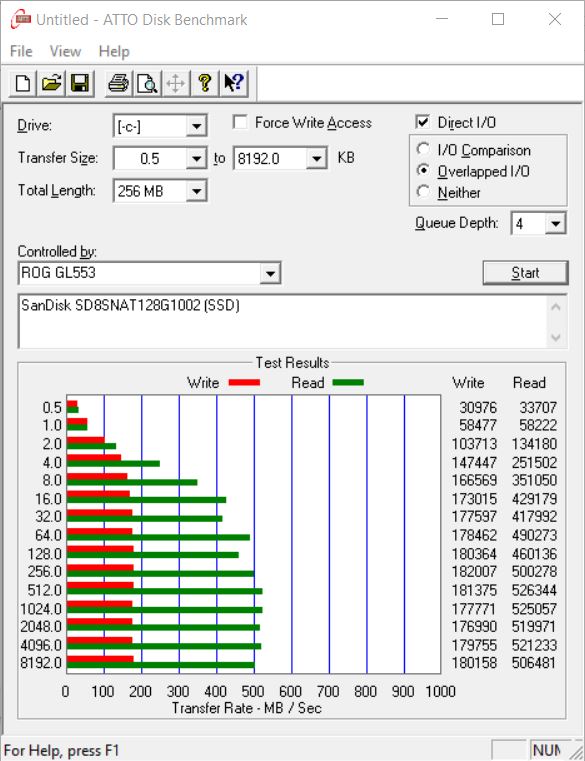
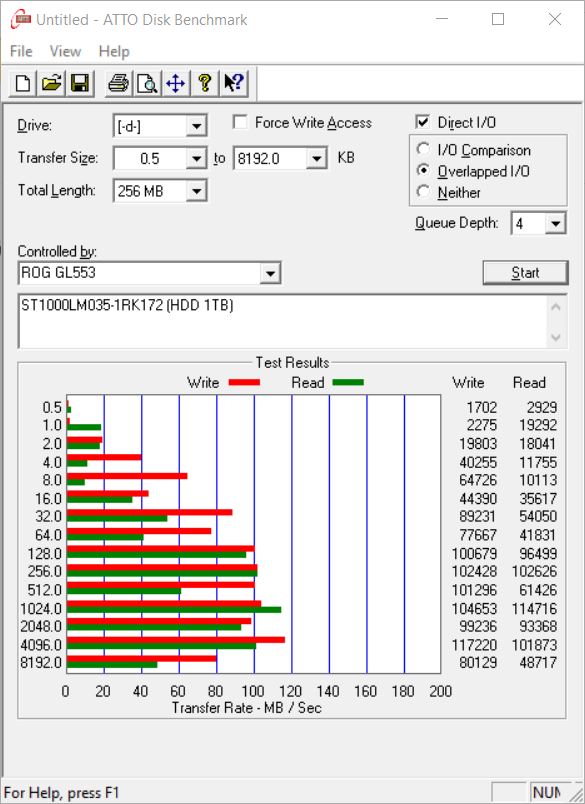
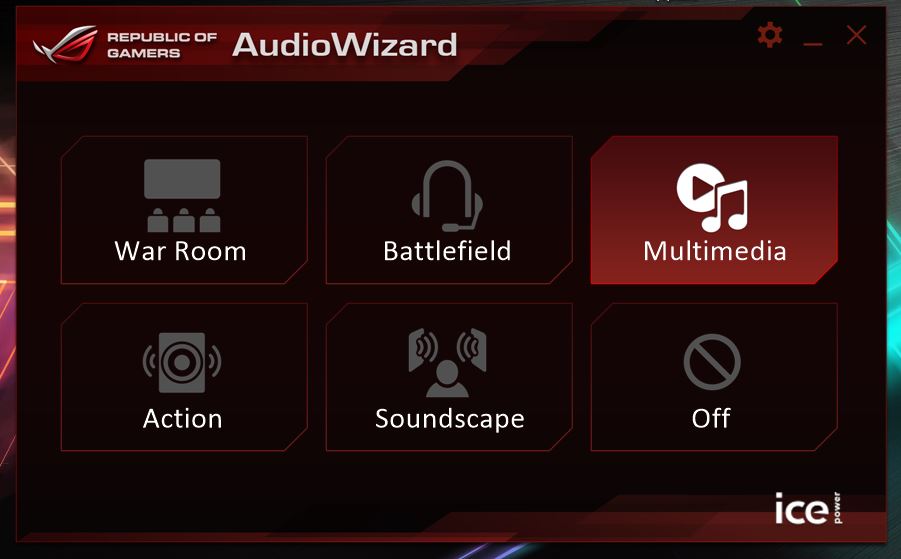
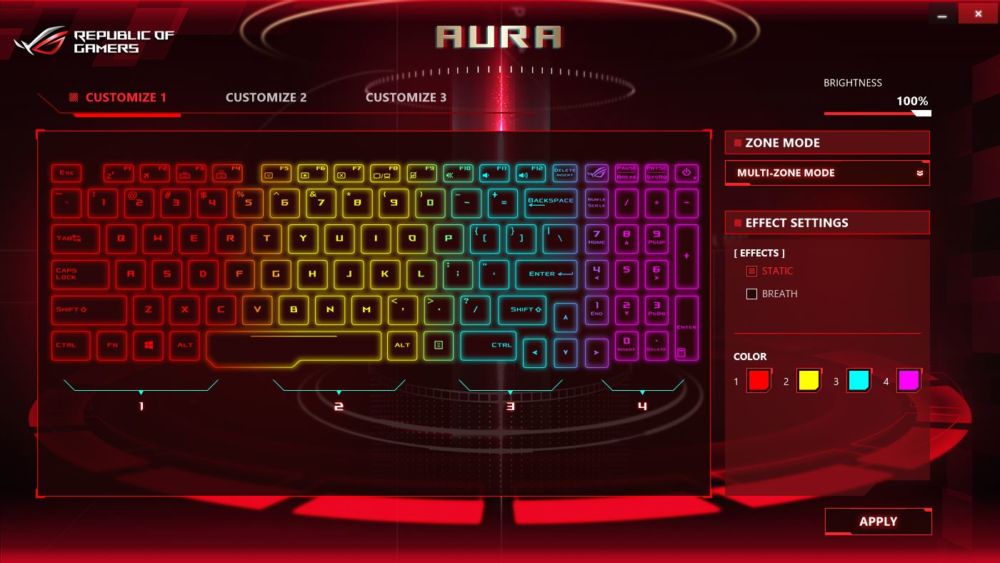
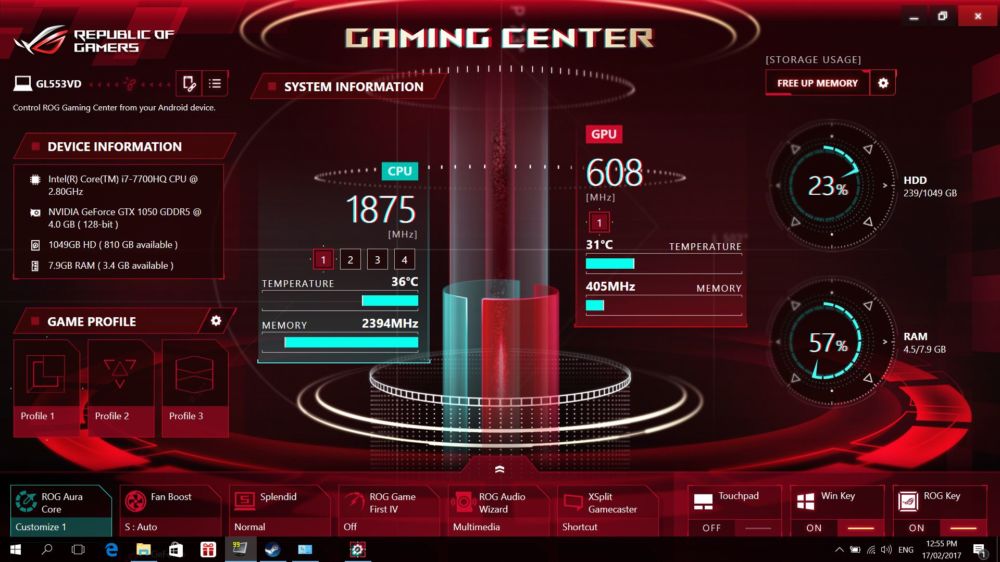
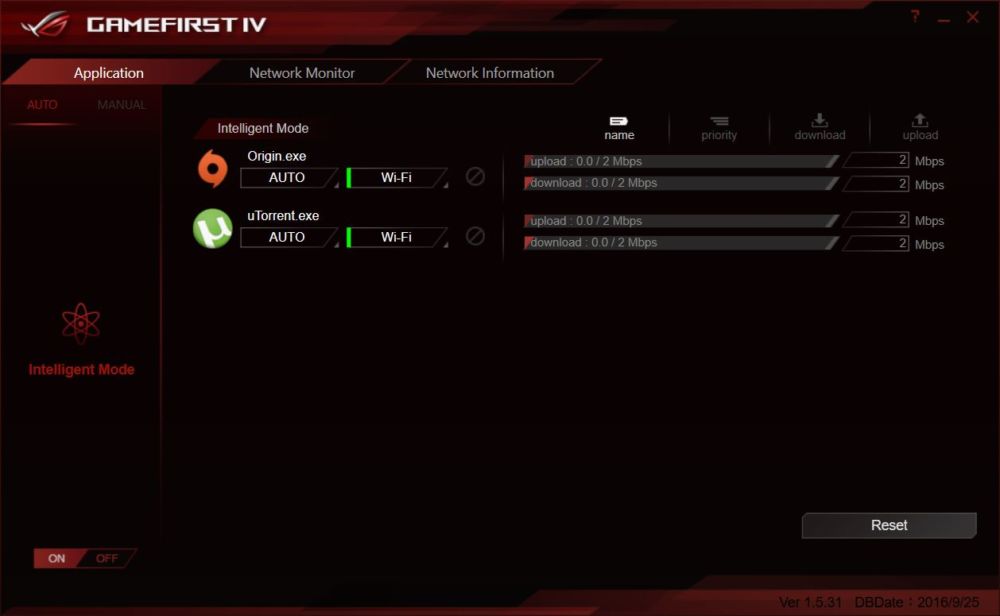
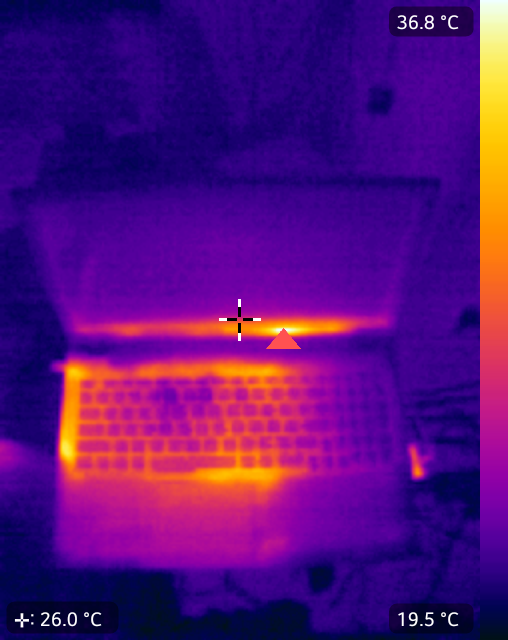
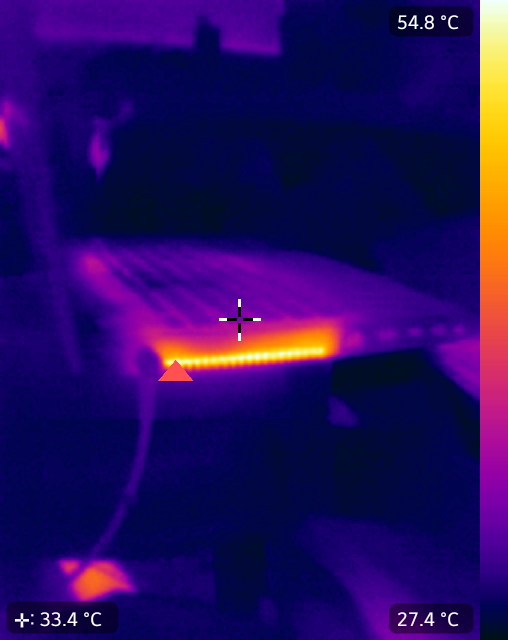

7 Comments
“LFGM > Strong, Cute and Friendly 😀
Guys, join our Guild here ’cause there are so many benifits of a Guild, but we need more members.
“”debonaire”” is the name of Guild. Feel free to comment if anyone is interested. If you already have a IGN, we will be accepting you in our Guild.
This is the link to the game:
Android:
iOS:
We are fun people to be with! ^_^”
I have bought ROG GL 553VD 16GB Ram and I experience the same result as yours when playing dota2. In max setting my FPS range is about 110-30 FPS, and i saw the GPU status in ROG Gaming Center indicate full bar 3404MHz. When i try to play RainbowSix Siege, GPU status in ROG Gaming Center also indicate full bar 3404Mhz. Is it means that the GPU work too hard? anyone can explain what happen?
I’m testing with another unit and that is still ongoing. i’ll update soon once I figure it out but my assumption right now is its either CPU bottlenecked because of the game’s CPU demand
Can you confirm that the problem is the XboX game DVR? I’ve done this instruction and it seems working, but i’m not quite sure because I didn’t record the FPS data. Here the instruction from steam: https://support.steampowered.com/kb_article.php?ref=6239-DZCB-8600
And i still dont have opinion about GPU memory indicator in ROG gaming center that indicate full bar 3404MHz when playing any games (dota2, rainbowsix).
One other issue that I would ask is: When playing game (dota2, rainbowsix) for hours, in ROG gaming center the CPU heat is rising up to 80 degree Celcius, it is normal or not? I already boost the fan to max.
Appreciate your help.
What is the complete series of the gl553? What store in the phils you purchased it?
where you get that wallpaper?
do you void your warranty when you replace the hdd with a ssd? IS there a sticker somewhere regarding the back plastic cover or the hdd cage??